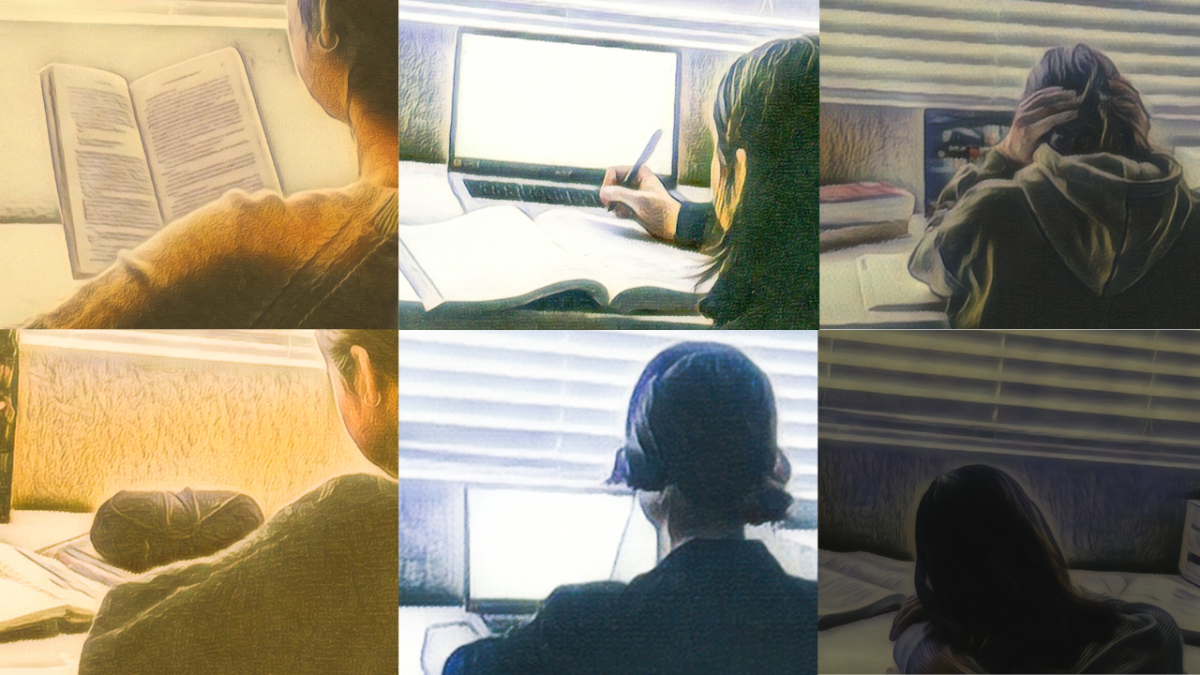American Education: Cost > Value
November 29, 2017
Throughout America all high school seniors are faced with a multitude of choices, the biggest being their future. For many the path chosen is the pursuit of a higher education, or in other words college. Yet with this decision, like all decisions, comes both positive and negative side effects. On one hand you are bound to better yourself, and therefore better your future, but on the other hand your are also likely to be faced with heavy debts and financial stress. Despite college being widely accepted as a condition of success in today’s world, do American college’s positives outweigh the negatives or should Americans look outside of our country for their continued education?
In America the average tuition for a year of college at a public school is $20,090 in state and $34,220 out of state. This cost covers the cost of room and board, book fees, and tuition in general. Being raised in America this may sound like a reasonable amount since “we have been taught our whole lives that college is an expensive privilege” says Jessica Ryan (11), yet if we compare our education system to those of other countries we may find that our quick acceptance of this outrageous price is highly naive.
In Denmark college is free to all citizens, the costs are covered by the government and the students are even funded $900 a month to help cover their costs of living. The only instance in which any of the students have to pay to attend their classes is in the case that a class is failed. The education system Denmark has put into place is truly remarkable. It not only gives all of it’s citizens equal access to education, but it also offers an incentive to succeed with said education.
In Japan, to attend The University of Tokyo one year’s tuition is roughly $4,735. This cost is not only much less than the average cost of all public colleges in America, but The University of Tokyo is also ranked as the top college in all of Asia. A student can gain their degree from the number one school in Asia at a cheaper cost than one year at a mediocre college in America.
Denmark and Japan are just two examples that validate the idea that education can not only be better, but also cheaper. There is no reason all American citizens cannot go to college. The ability to expand one’s knowledge on any subject or in any field should be a natural right, not a right paid for. As seniors begin to examine their choices of where to begin their new independent lives they should look beyond the walls of America. There is always more advanced, cheaper options of higher education that may be just what they are looking for.
Throughout America all high school seniors are faced with a multitude of choices, the biggest being their future. For many the path chosen is the pursuit of a higher education, or in other words college. Yet with this decision, like all decisions, comes both positive and negative side effects. On one hand you are bound to better yourself, and therefore better your future, but on the other hand your are also likely to be faced with heavy debts and financial stress. Despite college being widely accepted as a condition of success in today’s world, do American college’s positives outweigh the negatives or should Americans look outside of our country for their continued education?
In America the average tuition for a year of college at a public school is $20,090 in state and $34,220 out of state. This cost covers the cost of room and board, book fees, and tuition in general. Being raised in America this may sound like a reasonable amount since “we have been taught our whole lives that college is an expensive privilege” says Jessica Ryan (11), yet if we compare our education system to those of other countries we may find that our quick acceptance of this outrageous price is highly naive.
In Denmark college is free to all citizens, the costs are covered by the government and the students are even funded $900 a month to help cover their costs of living. The only instance in which any of the students have to pay to attend their classes is in the case that a class is failed. The education system Denmark has put into place is truly remarkable. It not only gives all of it’s citizens equal access to education, but it also offers an incentive to succeed with said education.
In Japan, to attend The University of Tokyo one year’s tuition is roughly $4,735. This cost is not only much less than the average cost of all public colleges in America, but The University of Tokyo is also ranked as the top college in all of Asia. A student can gain their degree from the number one school in Asia at a cheaper cost than one year at a mediocre college in America.
Denmark and Japan are just two examples that validate the idea that education can not only be better, but also cheaper. There is no reason all American citizens cannot go to college. The ability to expand one’s knowledge on any subject or in any field should be a natural right, not a right paid for. As seniors begin to examine their choices of where to begin their new independent lives they should look beyond the walls of America. There is always more advanced, cheaper options of higher education that may be just what they are looking for.




































